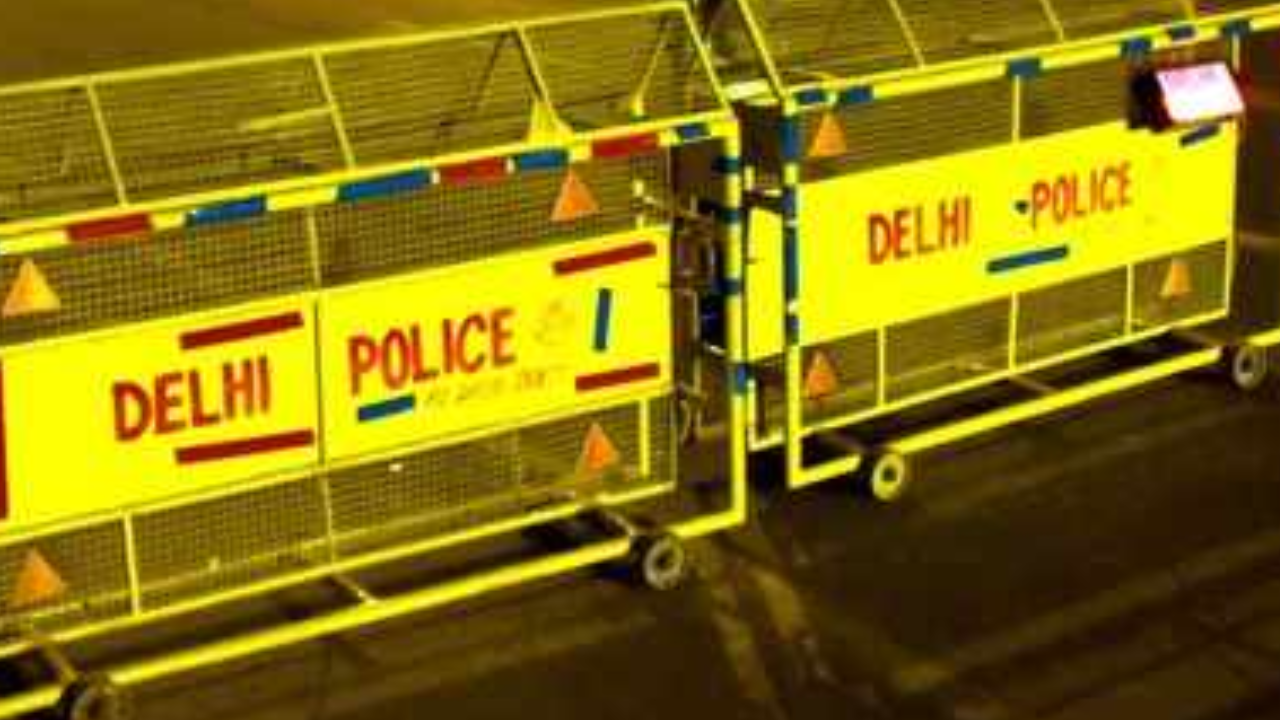Summer 2014. Savitri Devi Hasija is alone in her house in central Delhi’s Patel Nagar. Her businessman son, Kanwal, is at his shop as usual and her daughter-in-law is away visiting her parents in Moti Nagar with their two kids. Everything is as usual that June 18 afternoon. Kanwal’s help, Amar, comes to the house to collect lunch after which Hasija goes to take a nap. But when Kanwal returns home around 6.30pm, he finds his 72-year-old mother lying lifeless with a dupatta around her neck. Police had rushed to the spot and noted that besides the obvious strangulation marks, Hasija’s body also bore some injuries suggesting that she had fought back when attacked. The first lead for the investigators was the friendly entry to the flat, located on the first floor, indicating that the assailant was known to Hasija. Relatives and neighbours confirmed that she normally didn’t open the door for strangers. The only outsider other than Amar who had access to the flat was a domestic worker who came twice daily. She was questioned and found uninvolved in the crime. “The furniture, cupboards and the drawers were turned upside down – as if someone were looking for something specific such as papers. The lock on the main door was, however, not broken,” recalled an investigator. The cops questioned the family and relatives. “Savitri’s husband, Subhash Chand Hasija, had died a few years earlier. Her daughters lived in the US and Europe, while the son lived with her,” an officer who probed the case remembered. For the cops, there were two primary lines of probe: murder related to property and a robbery bid gone wrong. “We couldn’t ascertain if a lot of valuables or cash were gone. Some dollars from the purse were missing but not many other things were stolen. Her rings were intact too,” the officer said. Property seemed a possible motive for the murder. Police learnt that the flat was jointly and equally owned by the husband-wife duo. Hasija had recently returned from a six-month trip to the US. “Some neighbours told us that she spoke about shifting to America and living with her daughters,” another investigator added. Kanwal’s help, Amar, who had been with the family for a decade, fell under suspicion. Police questioned him extensively and verified his mobile location. “He used to call the deceased ‘mummy’. We found he had recently returned from Rajasthan and had been trying to get an international driver’s licence. This may have been to accompany the woman to the US,” said a cop. Kanwal and his wife were also interrogated. While the latter had left with her children for Moti Nagar at 2pm, Kanwal had returned from his shop around 6.30pm. He claimed that when no one answered the doorbell, he went down, made a few calls and climbed up to the first floor with a neighbour and found the grill door and main doors open. Inside, the victim was lying dead. The policemen admit that the investigation of the case was not pursued with any great thoroughness. The case went cold soon after for lack of evidence. It’s been nine years, but the septuagenarian’s family still has no idea who murdered her or why.
Source: https://timesofindia.indiatimes.com/city/delhi/property-or-robbery-its-a-9-yr-mystery/articleshow/101093583.cms


